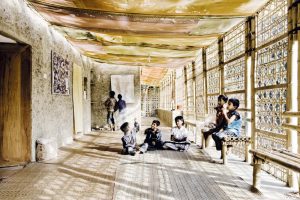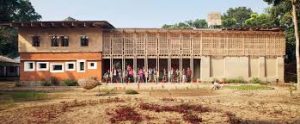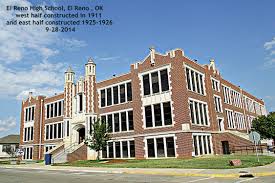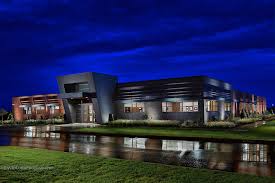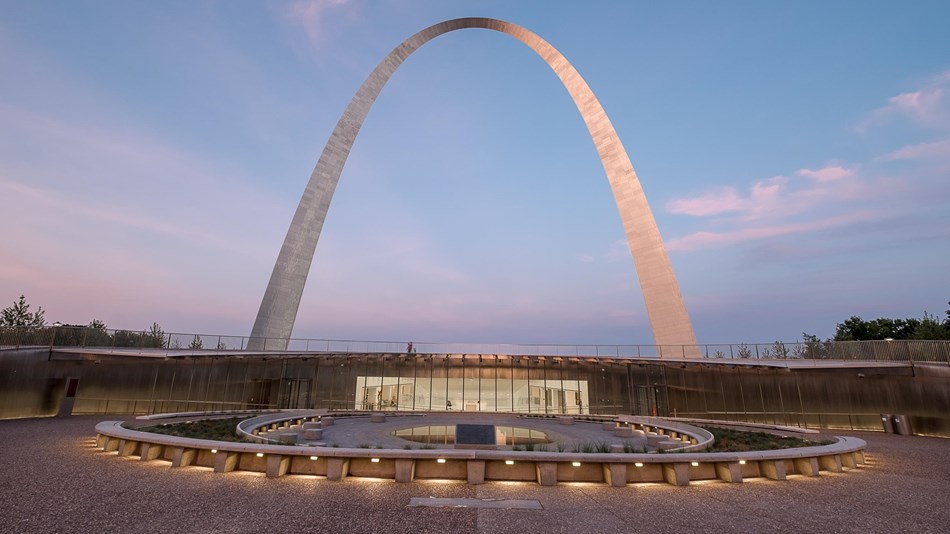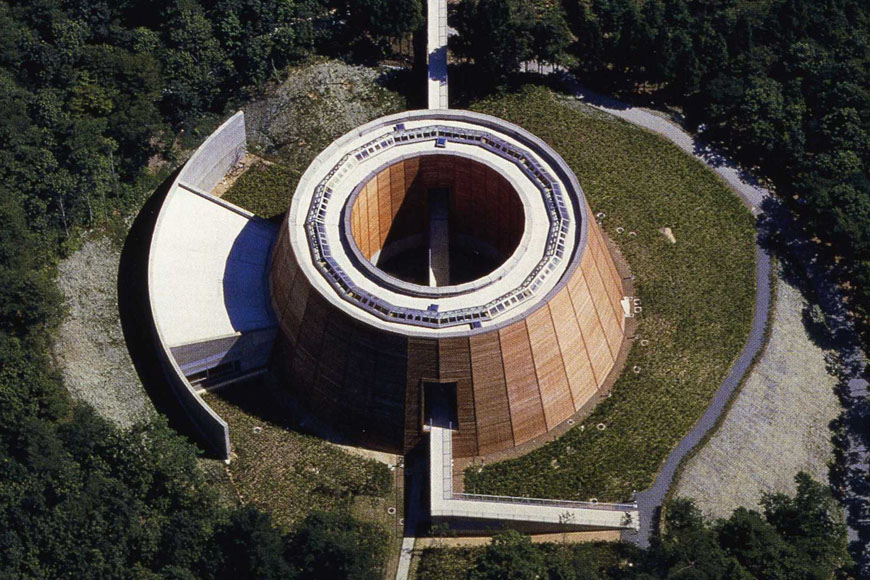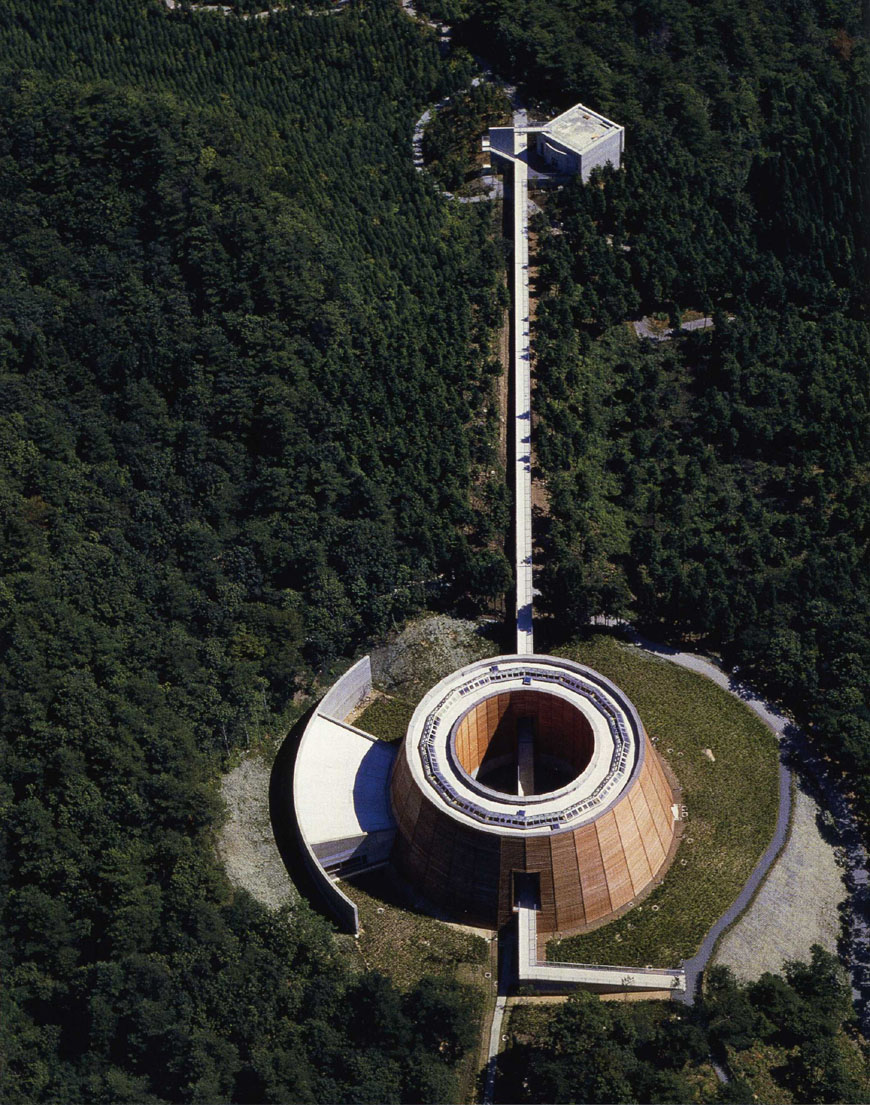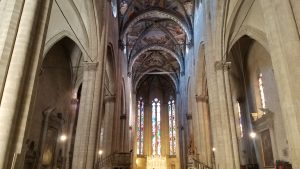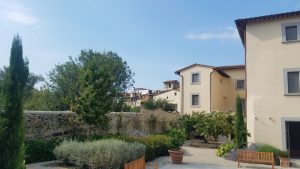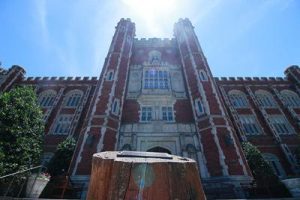The DESI Training Center is a vocational school for electrical training designed by Anna Heringer. A collection of traditional building methods were used to make it more sustainable. It includes two offices, two classrooms, and two residences for the school instructors. 100% of the buildings energy needs are provided by solar panels and a solar thermal heating system provides warm water. This is the first use of sanitary units built into earth houses in Bangladesh.
This training center incorporates many Bangladesh traditions and shows how mud and bamboo can accommodate modern lifestyle requirements. Typical Bangladesh buildings have a separate room for each household function around a central courtyard, the DESI building incorporates it all into a single structure. The design of the building maximizes natural light, uses low-tech and low-cost building materials, as well as a non-existent carbon footprint due to creating its own energy. The building is an incredible feat of architecture as well as having a noble cause of teaching kids. To me, this is a great example of sustainable building and shows that modern energy systems can be combined with sustainable practices.
